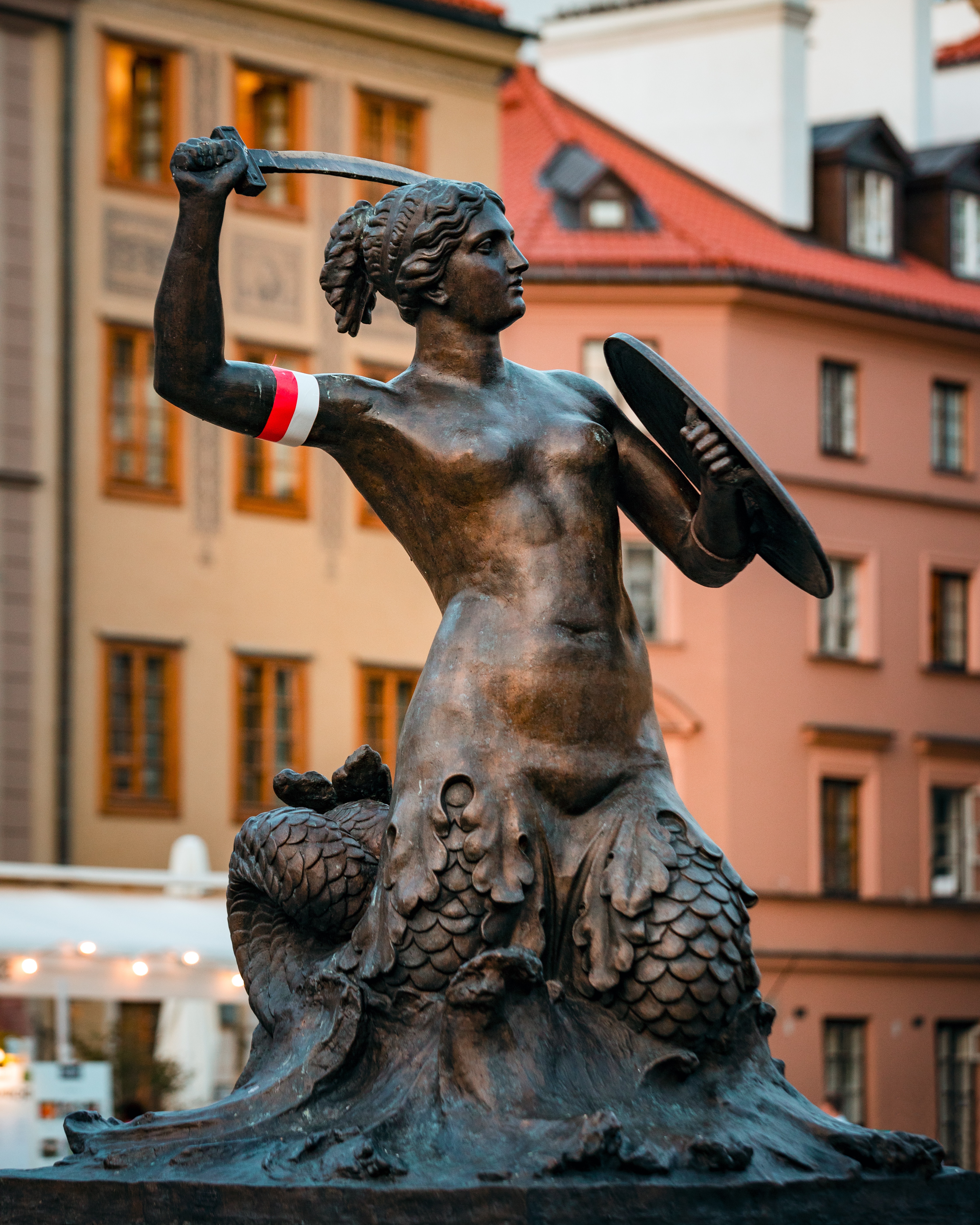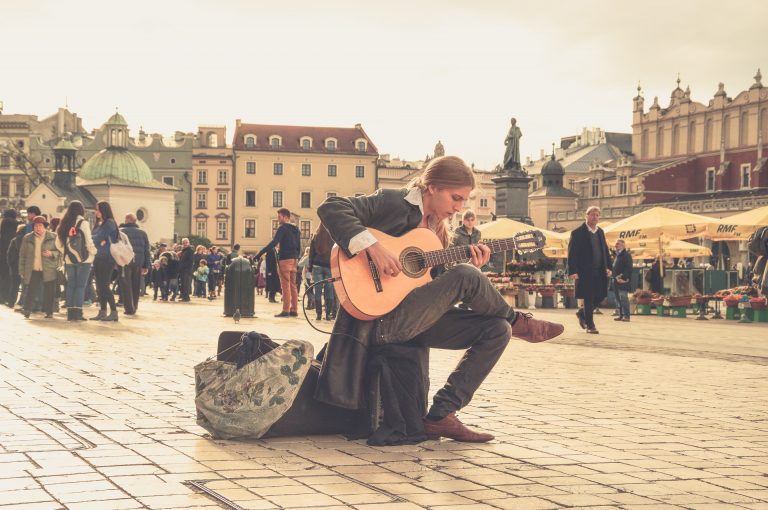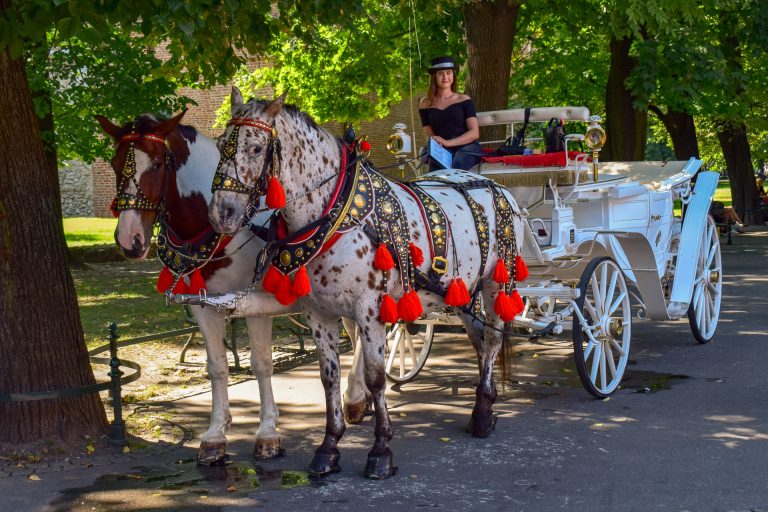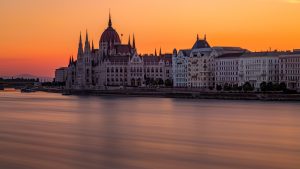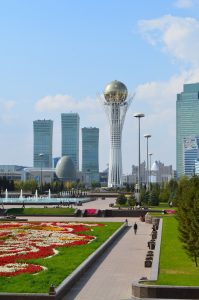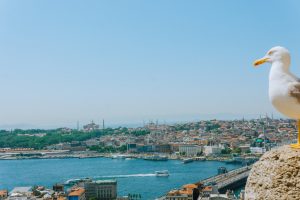A quiet giant sitting between Western and Eastern Europe, Poland offers the best of the two halves.
The country has had its fair share of glorious periods and tumultuous past. All of these events have made Poland more resilient and powerful than it ever was in its recent history.
Poland’s Culture
Bordering the Baltic Sea, Poland enjoys a mild weather in comparison to the rest of Europe. Winters provide the country with sufficient amount of rain water to sustain its beautiful national parks.
Noticeably, the 38 million Poles enjoy the country along with 15 million tourists, who visit each year. Poland offers many hiking trails for outdoor enthusiasts. As a result, people have a blast upon sharing Instagram photos of the various flora and fauna that grow around the country.
The capital city of Warsaw with a population of roughly 2 million, provides many Catholic worshipers with elaborate cathedrals. Namely The Basilica of Saint John is one of the most famous landmarks on the Polish soil. This cathedral is considered a UNESCO World Heritage Site due to its magnificent engineering style. In addition, there are a dozen of stunning architectural sites as well. Not to mention that Poland hosts the largest Medieval castle in all of Europe. The Malbork Castle, now an extensive museum, dates back to the 13th century.
Polish People Traits
Likewise, the Poles have engineered their life perfectly. They know how to have a quality time with their family and friends. It’s a fact that the Poles tend to work hard during the day. However, they’re superb in enjoying their outings afterwards, and especially during the weekends. Therefore, they occasionally drink polish beer in moderate amounts around pubs, cafes and milk bars. The latter are similar to coffee shops and they serve fast food in a healthy style.
Moreover, people are very trendy and fashionable around the country. It’s worth noting that some of the international cosmetic brands were initiated from Poland including INGLOT and Max Factor.
Meanwhile, Polish people are remarkable in the fields of arts and science. Marie Curie, a multiple noble prize winner, is of Polish decent and she has excelled in the area of chemical science. In the same vein, many American actors and directors who contributed immensely to the film industry are of Polish origin. These personas famously include Emmy Awards winners John Krasinski and Scarlet Johansen.
Polish Language and Influence
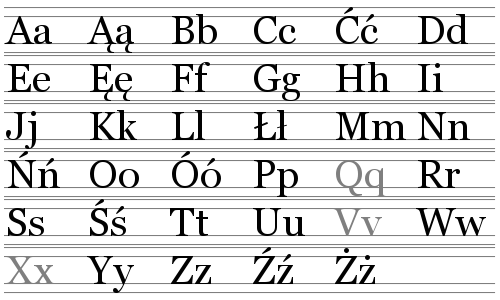
Around 50 million people speak the Polish language which originates from the West Slavic branch of languages. Polish language draws influence from the Latin alphabets. However, Diacritics support these alphabets to establish Polish sounds. Diacritics are found in multiple languages and they are signs atop or at the bottom of the original letters to signal a new pronunciation of the same letter.
Polish people speak four main dialects in Poland and around the world, where Polish diaspora is present. These dialects are namely Greater Polish, Lesser Polish, Masovian, Silesian and Kashubian. Moreover, some linguistic experts state that these dialects can be considered separate languages by themselves.
The language is quite fascinating as it’s a mixture of Slavic, Latin and Germanic, showcasing how cultures can meet and melt in one location. It is at the same time a reflection of the rich history and geography of the country, that managed to cope with many foreign powers, but strongly maintained and progressed to have its unique distinct identity.
Polish people and culture might look sometimes a bit over-homogenous and cold to outsiders and foreigners. However, many expats state that Poles are like pineapples, who might seem a bit rough and distant on the outside, but very warm and welcoming on the inside. Moreover, many expats claim that some of their lifelong friendships are experienced with Polish locals.
Therefore, the best talks to establish with Polish people are those warm-hearted and deep conversations that leave a lifelong impact on both parties.

